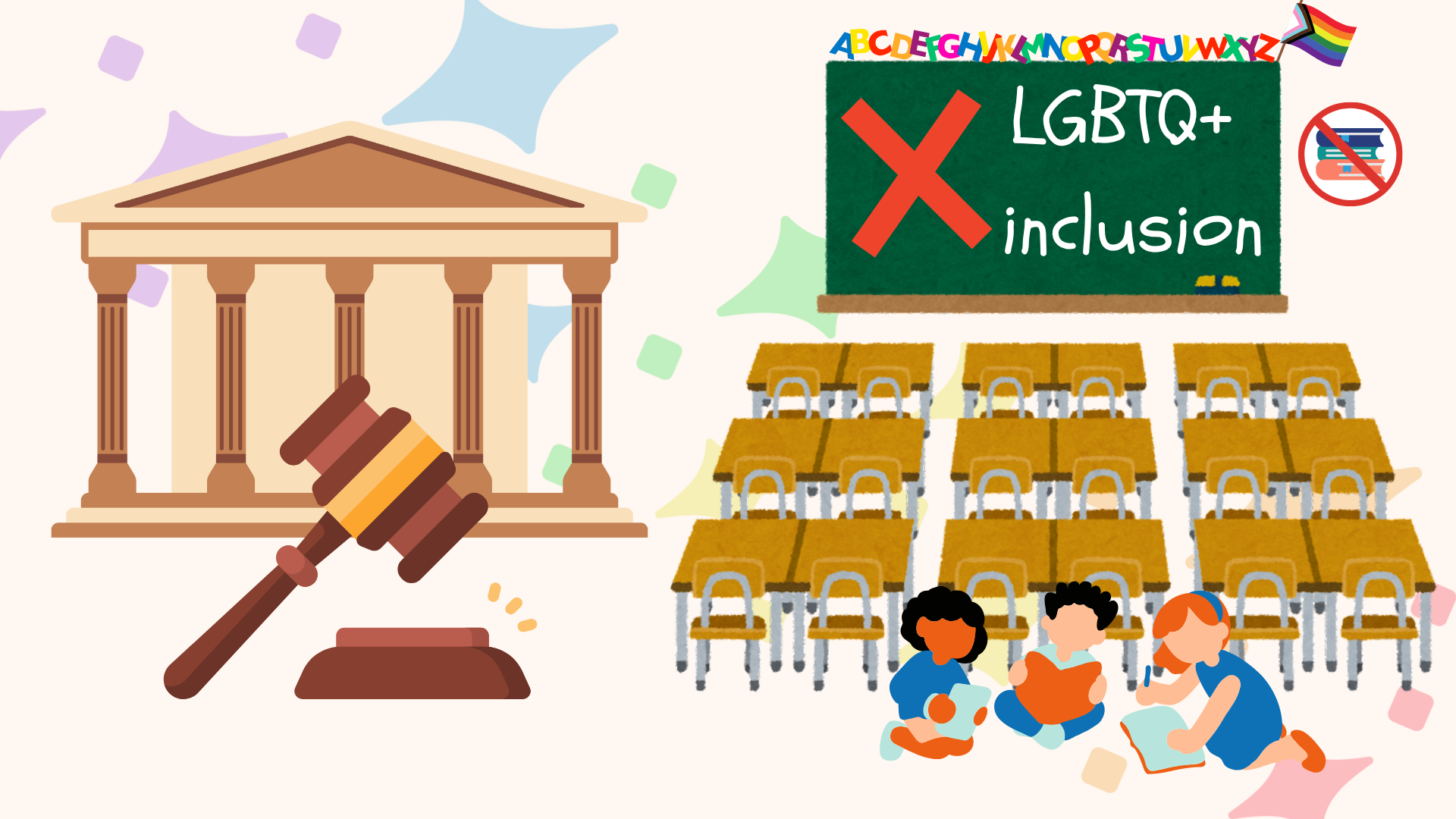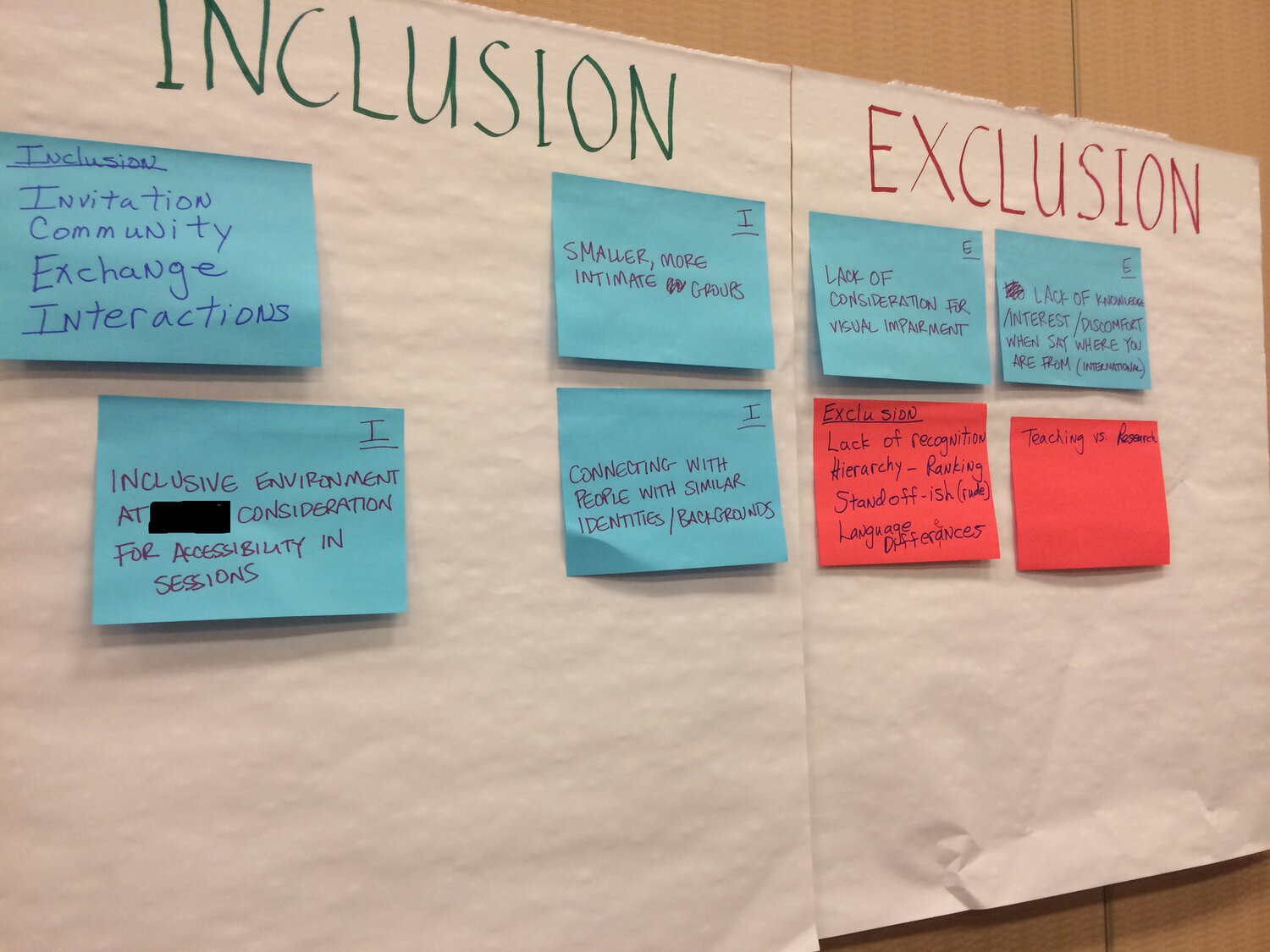Writing
We Didn’t Start the Fire.
The LA Fires are a tragedy. DEI is the solution, not the problem.
Reducing Polarization Through Language
Reducing Polarization Through Language: a guide for translating between political groups and finding common ground.
How do Anthropologists Continue to Work in Diversity, Equity, and Inclusion (DEI) in Today’s Fraught Political Environment?
There is a targeted uptick in public and legal attacks on diversity, equity, and inclusion (DEI) in the United States today. So, how do anthropologists continue to work in the DEI space? These attacks are pervasive, built into a broad conservative political-legal strategy; a backlash against efforts to increase diversity, equity, and inclusion. This backlash is, unfortunately, not historically unique. Rather, we have seen that amidst such challenges, diversity professionals have and will continue to reimagine how to conduct DEI endeavors.
What Is the Difference Between DEI and D&I Anyway?
“Diversity,” “equity,” and “inclusion” are often grouped together, but they are distinct terms with different meanings. Because they are distinct terms, incorporating “equity” into “diversity and inclusion” is not only a matter of adding a new letter to an old acronym. Its addition transforms the concept and forces us to seriously grapple with D&I’s entanglement with profit.
What Do You Mean by “Abolition”?
Abolition is increasingly being used in popular and public discourse to describe contemporary social and racial justice movements in various global contexts; for example, appearing in debates in the United States around calls to defund the police and consider the necessity of prisons. But what do we mean by abolition?
Volunteering for Political Campaigns Is Impacting Democracy, but Not in the Ways You Might Expect
Ultimately, participation in big data political campaigns pushes volunteers into practices that further devalue political conversation, marginalize individual political agency, and exacerbate polarization.
Classifying Racial Ambiguity for Equal Employment
Classifying individuals by race often entails a process of triangulation: matching physical traits with biographical and other information. Race, thus, is constructed through everyday work and engagement in racial classification projects, such as filling out an EEO-1 form.
What Does Diversity and Inclusion Mean?
Rather than impose—or assume—definitions of diversity, which can lead to ineffective diversity programs, I suggest that we take the time to unpack and agree upon what diversity means to the community we claim to serve.
Diversity Audited (A Short How-to Guide)
I ask us to turn to diversity audits for inspiration to create better and more inclusive academic departments. I present five methods for organizational change: reviewing diversity demographics, creating resource awareness, identifying diversity targets, increasing retention, and creating accountability structures.












